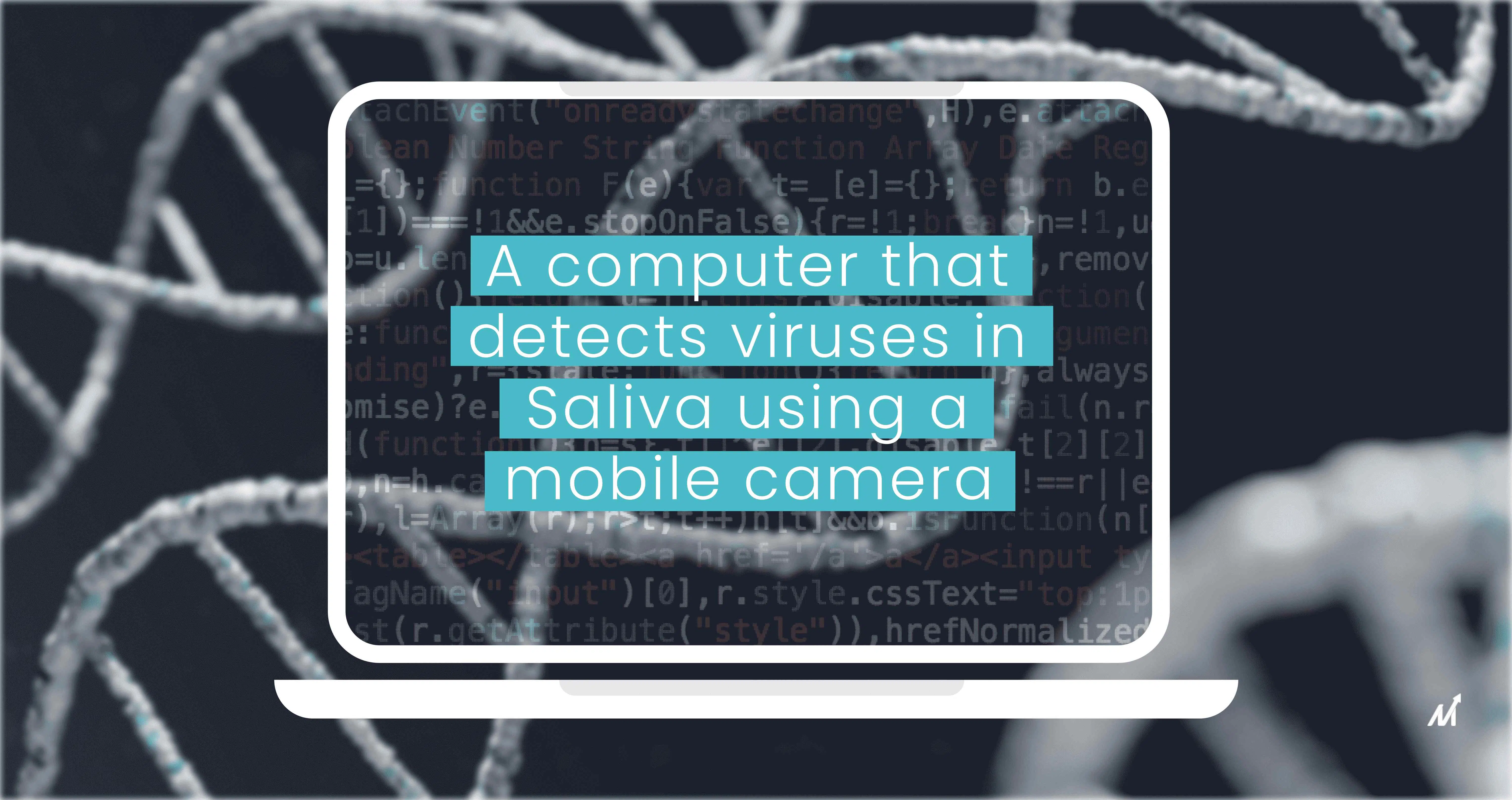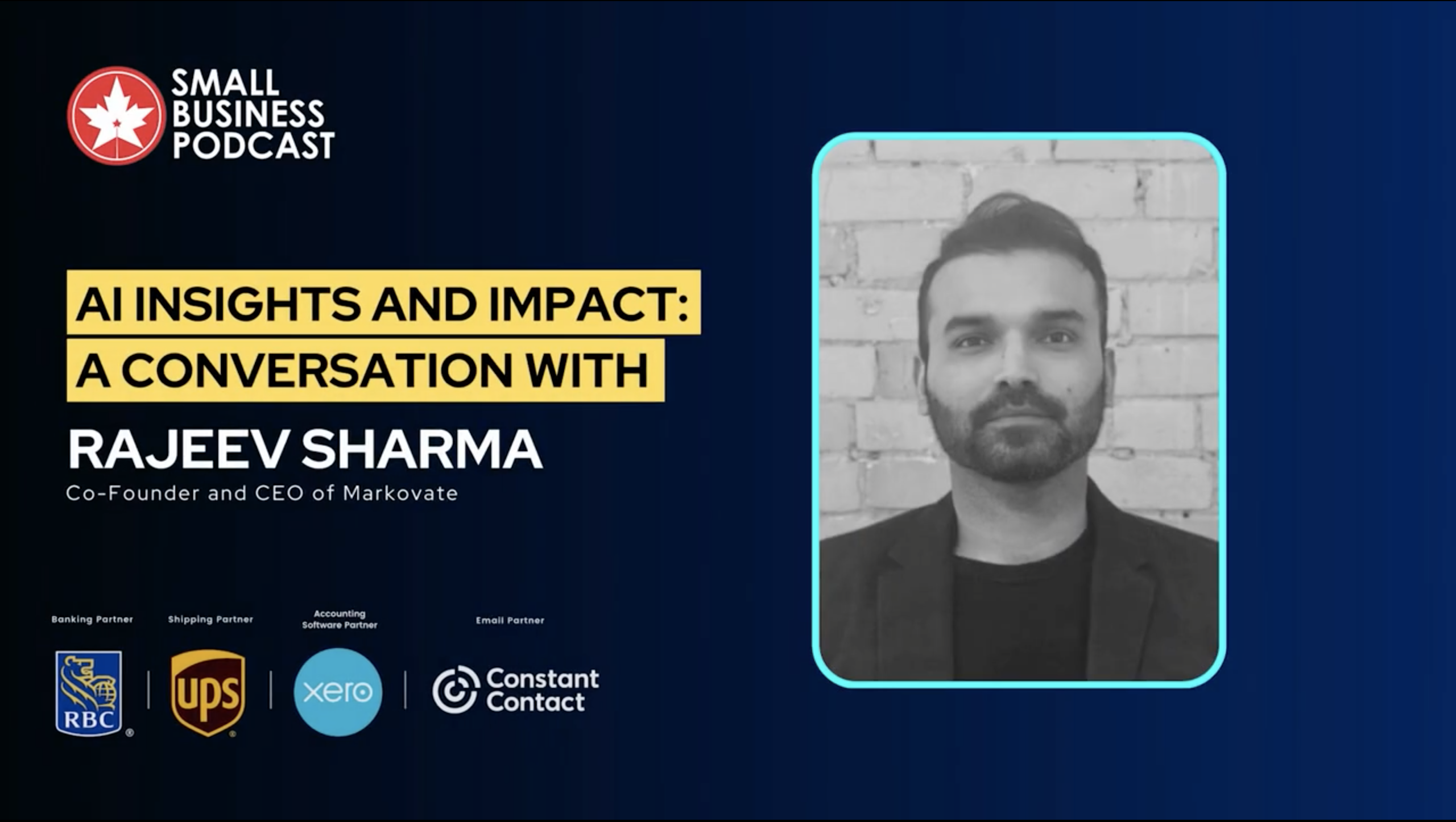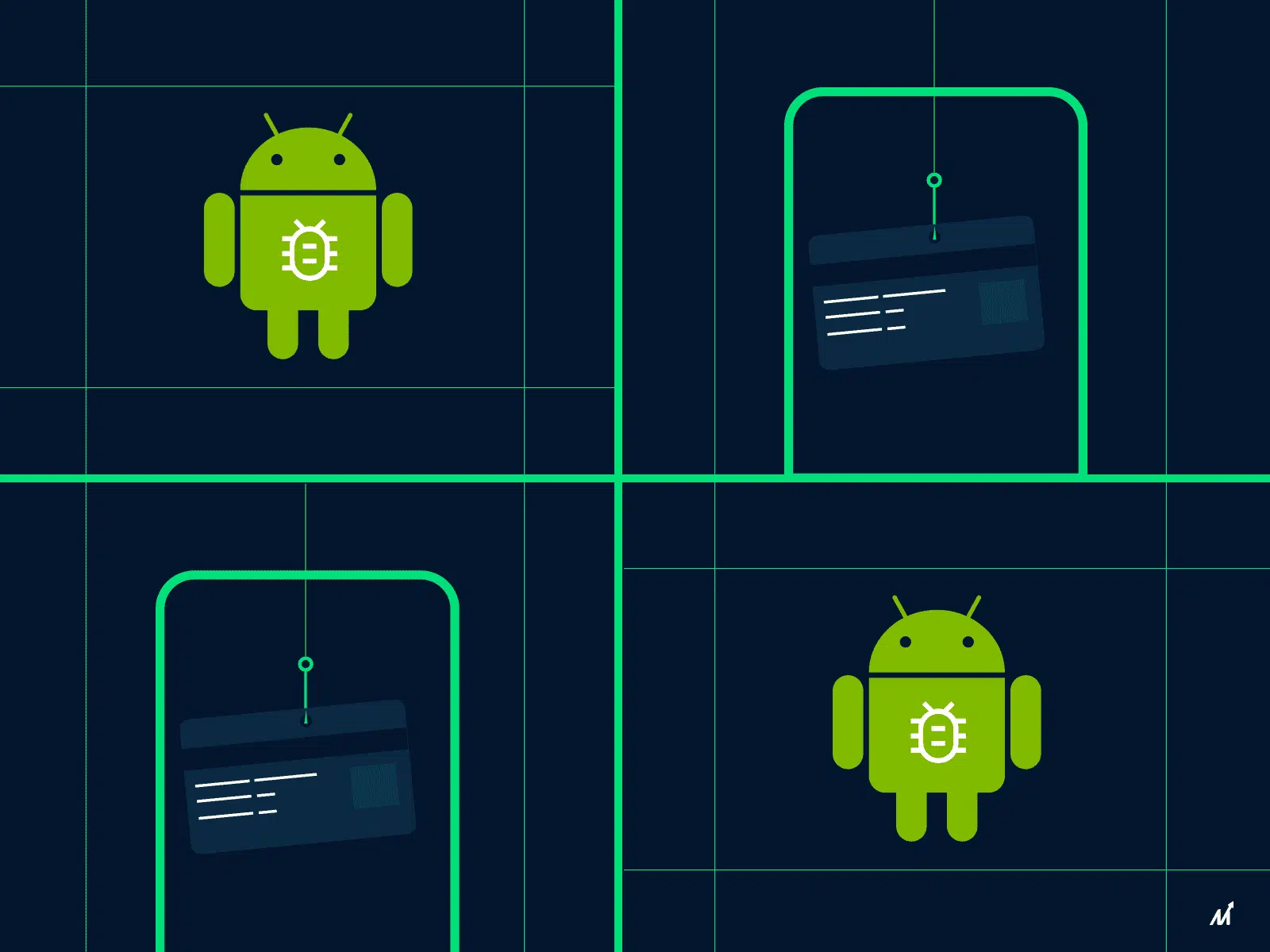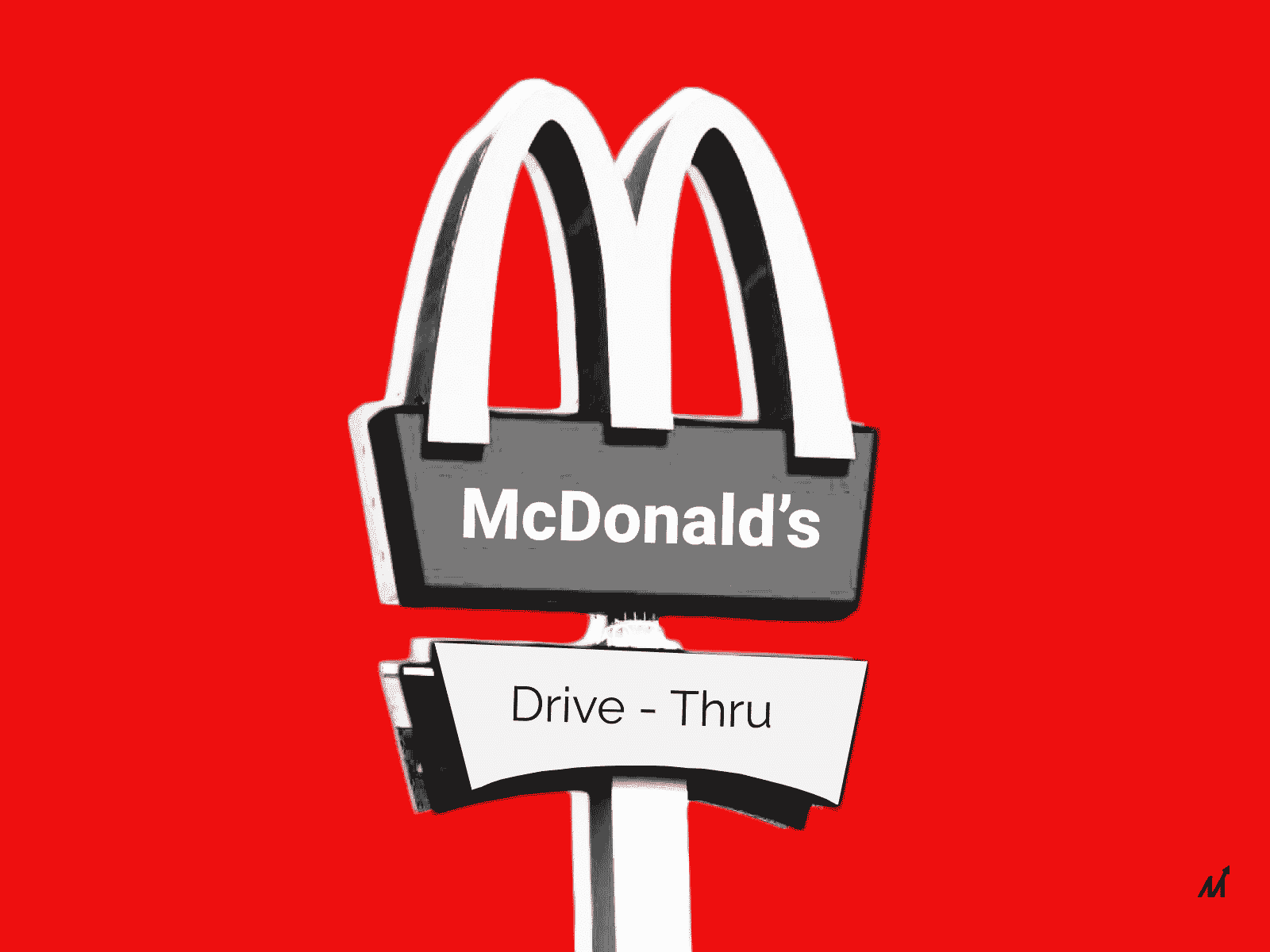What’s the news?
Through the motion of tiny beads (made from glass microbeads), this DNA computer could provide a quick way to detect virus levels in saliva. What makes it more brilliant is that it offers 100X more processing power than other DNA computers.
“One hundred-fold is a conservative estimate of how much more parallel processing we can do with our DNA computer compared to ones that use fluorescent labels,” says Khalid Salaita at Emory University in Atlanta, Georgia.
How this has been made possible?
Khalid Salaita and his colleagues researched and made the computers from DNA-coated glass microbeads that can either roll or stall on the surface of a gold chip. The movement depends on how the DNA strands interact with molecules attached to the chip’s surface. Rolling is equivalent to an output of 1, while stalling corresponds to an output of 0.
What’s even more interesting is that the results of the computation can be detected through the motion of the beads. What tools do you need? Just a smartphone camera with a simple magnifying glass attached to it.
“That’s the wild thing. You can convert the information from the DNA computational operation to the macroscopic world using a standard smartphone in just 15 minutes,” says Salaita.
This is a major breakthrough in digital healthcare today. However, further improvements in the research are on their way.
For the latest technological insights and news from us, visit- Latest News Around Mobile App Technology, Web & Digital transformation
News source: NewScientist





